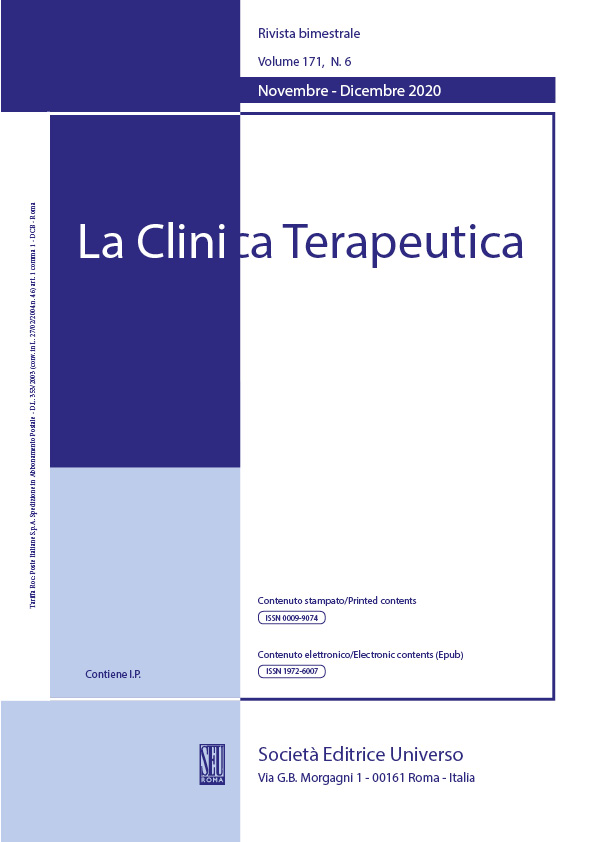Abstract
Objective: Playing-related musculoskeletal disorders (PRMSD) are a common problem for the pianist. The poor upper body ergonomics influences the natural positioning of the neck and shoulders, which involves forward head posture (FHP) and rounded shoulder posture (RSP). This misaligned position could produce a sensation of pain over the upper body, which affects the piano player and computer users with similar ergonomic posture. Recently, photogrammetry methods are commonly applied in a clinical setting to assess posture. The goal of this research is to compare the upper body playing-related musculoskeletal disorders between the piano and the non-piano players by applying photogrammetry.
Materials and Methods: This causal-comparative study includes 70 participants with 35 piano and 35 non-piano players. The participant's FHP was assessed by using a digitized photo to record the Craniovertebral angle (CVA) with the support of Kinovea software. Besides, digital Vernier Calliper used to assess the scapular index on the RSP and Neck disability indices (NDI) used to measure neck pain and functional disability of the participants.
Results: The findings showed piano players have a higher NDI, lower CVA, and RSP when compared with the non-piano players at a statistically significant level of p-value <0.05.
Conclusion: The obtained results conclude piano players are highly prone to the risk of developing PRMSD in the upper body.

